LG G3 vs HTC One (M8)

Introduction
LG's G3 flagship might have arrived the last of them all spring chickens, but unsurprisingly it's the most decked-out. It sports the first Quad HD (1440 x 2560) display in a phone from major manufacturer, as well as a unique laser autofocus system. Does HTC's finest, with its premium chassis and unique Duo Camera, stand a chance against the Quad HD G3? Let's figure it out...
UPDATE (Jun 25, 2014): This comparison was originally based on our experience with the Korean version of the LG G3. After testing the International (European) version of the phone, we've updated the story with our new findings, affecting the display, camera and battery performance.
Design
LG stuffs a 5.5” display in a relatively compact mostly plastic chassis, while the premium One (M8) is way more palm-friendly.
The G3 builds on LG's penchant for great screen-to-body ratios, as it fits the 5.5" display diagonal in a body as big as the 5.2" Z2. With the 5" One (M8), however, HTC went for the long and narrow form, which is more palm-friendly than the wider G3 (70.6 mm vs 74.6 mm). HTC has created a bold and characteristic metal design that cannot be easily mistaken, and a rather solid build, which made it a tad heftier than the G3. The One (M8), however, is one unibody piece of crafted aluminum, whereas the metallic-looking back cover of the G3 is removable, so you can easily swap the battery if needed. HTC's phone is also very slippery in the hand, on account of the polished aluminum frame, having you grip it hard each time it's picked up. The rear cover of LG's phone is mostly made out of plastic, with only a thin metal layer thrown in for a good measure. It's pretty slippery, too, though not as much as the polished aluminum on the back of the One (M8).
Unfortunately, HTC has gone for a top-placed lock key, which makes you stretch all the way up the tall handset to lock the display, whereas the G3 keeps up with the G2 fashion, with a conveniently located rear lock key and volume rocker. Thus, the G3 design might be less manageable with one hand, due to the wider chassis, but in other aspects its design is more flexible, and let's not forget we are talking a 5.5" display here, against the 5" panel of the One (M8). HTC's phone, on the other hand, sports a dual stereo speaker set at the front - a feature that the G3 doesn't sport.
Display
G3's pixel density breaks records, but the One (M8) is more visible outdoors.
We said that the LG G3 is wider than the One (M8), but it makes up for it by sporting a noticeably larger screen. The G3 packs a 5.5" panel, while the One has a 5" display. LG one-upped every major phone manufacturer with the first Quad HD 1440x2560 pixels display, ensuring incredibly high pixel density. Even at 5.5", the G3 display still sports the record for a smartphone 538ppi. In comparison, the One (M8)'s 1080p panel has 441 ppi, but it is still looking fine and detailed.
The IPS-LCD displays of the G3 and the One (M8) aren't with the best color representation we've seen, but are far from the worse, too. The basic hues of the G3's screen are somewhat off-base and lean on the oversaturated side, especially the reds, for instance, while One (M8) does it predominantly with the greens, yet overall the G3 does does a bit better job in replicating the reference gamut. We measured the color temperature of the G3 to be 7099K, against the 7128K on the One (M8). Both are decent results, and close enough to the reference 6500K white point, so the screen colors don't appear cold.
The G3 display's outdoor visibility is just a tad worse than on the One (M8), as the handset has lower, 450 nits of peak brightness, against 490 on the HTC. The viewing angles are something we can easily observe without any measuring equipment, and they are stellar on both handsets.
Interface and Functionality
Flat, simple and chock-full of functions does it for G3, while the One (M8) Sense UI looks more visually sophisticated.
The phones come with Android 4.4 KitKat, but each has its own manufacturer overlay with very distinct looks, and functions that differ quite a lot. LG has started to take the Optimus UI user interface in the right direction. The custom UI now appears to be somewhat toned down, with flatter design and more regular colors, though its responsiveness seems sluggish at times. The G3 offers unique features like Knock Code, Qslide floating apps, and the Dual Windows mode, which comes very handy on the big-screen handset, as it splits it in two, letting you run two apps at the same time. The G3 now offers LG's own take on a news and social network aggregator, called Smart Bulletin, which is similar to Samsung's My Magazine. LG is now color-coding its new Optimus UI, so when you see the light blue (some might call it turquoise) hue, you know you are fumbling around the general interface, but when the menu strip at the top is violet, you have stumbled into the music player, and so on.
On the other hand, HTC's Sense 6 UI that's running on the HTC One has a somewhat more mature look and an overall uniform and grown-up approach to the GUI. It's not as feature-rich as the Optimus UI, but does have some surprises like the BlinkFeed news and social networks aggregator, the Zoe camera collage mode, as well as some custom apps by HTC. Where HTC's interface suffers, compared to the G3, is the status bar – when you pull it down on the One (M8), it offers a barren options area, and a cumbersome access to the most used settings. LG, on the other hand, has the richest status bar of them all, offering not only swipable connectivity toggles, but also brightness and sound sliders, as well as the ability to manage your Qslide floating apps, or your Qremote commands, directly from the notification bar.
Needless to say, typing with the on-screen keyboard of the One (M8) is easier with one hand, thanks to the more narrow body. LG, however, offers a pretty flexible keyboard, whose buttons can be adjusted by height, width and spacing, so as to fit your individual fingertips size better. Moreover, the keyboard can be scootched left or right for easier thumb-typing.
Processor and Memory
With the phones largely equal in the silicon department, G3 sometimes chokes to fill in all those 3.8 million pixels.
The G3 sports a slightly faster, 2.5 Ghz Snapdragon 801 processor, against the 2.3 GHz version in the One (M8) Still, the G3 doesn't feel faster in everyday interaction with the phone.
The One (M8) has 2 GB of RAM, and 16 GB of internal storage, while the G3 has a 2 GB/16 GB and 3 GB/32 GB variations. Both phones sport microSD slots for storage expansion.
Internet and connectivity
Excellent browsing experience on both handsets, with the G3 having the upper hand on account of the larger ultra high-res display.
It's a pleasure to browse on the 5.5” panel of the LG G3, simply on account of the large display size, but also the excellent pixel density. Even miniature text looks sharp, and a tad more so than on the One (M8). That's not to say that the HTC handset offers a bad browsing experience, as it also sports very high pixel density, and a fluid moving browser, yet gives you a smaller screen real estate to enjoy them.
The phones are available with 4G LTE modems and 42 Mbps HSPA+ download speeds, depending on the region and carrier. They also sport a full suite of connectivity options, like Wi-Fi, Bluetooth 4.0, A-GPS, DLNA and NFC. The phones have infrared sensors at the top, too, with the one on the M8 built directly in the lock key. The IR blasters come with remote control apps, with LG's QRemote offering much richer functionality, as it allows you to control things like AC units, in addition to the usual TV, stereo, and set-top box devices that HTC's app manages. Wired connectivity is done via an MHL port on the One (M8), and a SlimPort on the G3, both of which serve as a TV-out option with the respective adapter cables..
Camera
G3's camera is superior to the 4 MP shooter on the One (M8) on all counts.
G3 comes with a 13-megapixel camera with 1/3.06” sensor. HTC One M8 has the same size sensor, but with only 4-megapixel resolution – HTC calls this a “UltraPixel” camera. G3 features a unique infrared laser emitter on the back, which helps speed up focusing to 0.276s. Those times are already excellent on the HTC One (M8), too, which flaunts 0.3s fast autofocus, thanks to its Duo Camera setup.
The G3 photos are slightly inaccurate in terms of color representation, as the colors appear with a slight boost in saturation compared with the actual scene, and there is often a warm, yellowish veil on it. The One (M8) photos, however, fare worse, and often cast too cold or too warm of a hue over the scene, compared to reality. Needless to say, the 13 MP camera of the G3 also captures a much greater amount of detail than HTC's 4-megapixel shooter.
Indoors, the G3 camera often chooses too slow of a shutter speed – this allows it to take photos without firing the flash, but may result in a tad blurry image due to hand shake. Other than that, noise is kept in check, and colors look mostly natural, except in our studio environment with strong artificial lighting, where the G3 outed photos with warm overcast. The LED flash illuminates the scene very well from about a five feet distance, too. Indoors, the One (M8)'s photo colors get a bit washed out, and details are softish.
The G3 sports a 2.1 MP front-facing camera, while the One (M8) is perhaps the only phone with a front camera resolution larger than the rear one. It carries a 5 MP wide-view camera at the front, and produces more detailed and higher quality selfies than what we are observing with the G3.
LG G3 is capable of 4K video recording with 30 fps, while the One (M8) sticks with 1080p only. Footage from the G3 is superior not only because of the higher definition and frame rate possible with the handset, but also because of the OIS tech that makes it very steady in all situations. There are no visible artifacts or skipped frames in the One (M8) video recordings, too, but it just can't be as steady and detailed.
Multimedia
Video playback on the large Quad HD display is a delight, but the G3's speaker is no match for the One (M8)'s stereo set.
The G3 grid-style gallery has been reworked with the same flat and simple design as the general interface, and offers pinch-to-zoom gestures, but for editing options it takes you to the Google Photos editor, instead of having one embedded in the interface itself. The One (M8)'s gallery application is more complex visually, categorizing your photo folders in thick bars across the display. It also sports built-in editing functions, and you can automatically build a short artistic collage out of your photos and videos there, that HTC calls a Zoe, adding effects like vintage overcast and music themes.
Music playback on the G3 commences with a frugal interface that offers song categorization, and visually appealing album art thumbs. The controls are simple, yet the player offers a very rich amount of equalizer presets, including a custom one, as well as the option to change the pitch and speed of the tune. LG equipped the G3 with a 1W amplified loudspeaker, which does sound pretty strong, though its quality is far from the excellent front-facing stereo set on the One (M8) that HTC calls BoomSound. On the HTC phone, the music player is visually richer, and the album categorization rather pretty, but it doesn't sport built-in equalizer presets. The two stereo speakers, however, do a great job of providing one of the fullest sound experiences on a mobile phone.
Video playback on the G3 is stellar, as not only is the screen large and with record definition, but also the player laden with options, including subtitles support, captions, and brightness settings. LG's flagship also played everything we gave it, which includes DivX/Xvid/MKV/MPEG-4 formats, at up to, you guessed it, 2K resolutions. LG has put a few Quad HD samples on the phone, and we have to admit these look absolutely breathtaking on the 5.5” panel of the G3, though we doubt you'll find much such content to load on the phone and enjoy on a regular basis. HTC One (M8) has a less ambitious video player, thrown together in the gallery, with a limited amount of options, but rich codec support, playing most popular formats at up to 1080p resolution. It does offer simple editing like trimming or annotating, though.
Call quality
Above average meets excellent.
LG G3 exhibits above average call quality, both in the earpiece, and through the noise-canceling microphones. The output volume is strong, and the mics relayed our voice clean and recognizable to the other end. The earpiece is powerful, too, without hiss or distortion at the highest volume ends.
Phone calls made with the HTC One (M8), on the other hand, sound excellent on both sides. The top speaker gets the role of an earpiece, which makes the voices coming in loud, clean, and without crackling even at the highest volume setting. The two noise-canceling microphones also captured out voice clearly, without background noise to disturb the conversation.
Battery
The G3 tops the flagship battery endurance ranks this season, though the One (M8) scores pretty well, too.
During the unveiling event, LG didn't speak much about the battery life out of the 3000 mAh juicer on its first phone equipped with a high-res Quad HD display. It simply clarified that the phone's endurance is commensurate with one that has similar specs, but a 1080p panel, thanks to the adaptive frame rate and clocking tech in the phone. Since the 5.5" Quad 1440x2560 pixels panel is made with the advanced low-temperature polysilicon (LTPS) technology, the screen is sipping power, and able to halve its refresh rate when displaying static content, like pictures, or article pages, just like with Sharp's IGZO displays.
Officially, it pegs the G3 as capable of up to 23 days of standby in 3G mode, and 25 when connected to an LTE network. The talk times given is 21 hours in 3G mode, which is a very good result. In our battery test, the G3 lasted 6 hours and 14 minutes, which is a pretty average result, but might be expected, considering the large display with Quad HD resolution.
The HTC One (M8) has been equipped with a smaller, 2600 mAh battery, although the difference in capacity shouldn't worry you much. According to the manufacturer, that should suffice for up to 20 hours of 3G talk time, and stand-by time is quoted as 20.7 days. In addition, running our custom battery benchmark on the handset produced a result of 7 hours and 12 minutes, which is very good. Having this in mind, we're confident that if you're not pushing it too much, you'll squeeze day and a half or two worth of usage out of the HTC One (M8), without reaching for a charger. And let's not forget to mention the handset's extreme power saving mode. Turning it on will shut down all of the phone's non-essential features, but may extend its usage time dramatically.
Conclusion
The G3 seems to be better in pretty much every way, yet the One M8 is not far behind. LG G3 has the larger screen with a much higher pixel density yet the One (M8)'s display is more than adequate for any use as well.. LG might have stuffed the G3's 5.5” panel in a relatively compact frame, but the premium aluminum unibody of the One (M8) is still easier to operate with one hand. The G3 might sport a tad faster processor, and a version with 3 GB of RAM, but in everyday interactions it doesn't feel faster than the One (M8).
When it comes to the camera, however, this important section goes entirely on the G3's side. LG's handset has a great 13-megapixel optically-stabilized camera with a much higher image and video quality than what the 4-megapixel camera of the HTC One offers. HTC One M8's advantages before LG's finest, besides the premium design, are the longer battery life, and the better sound output.

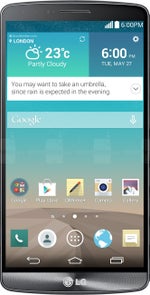




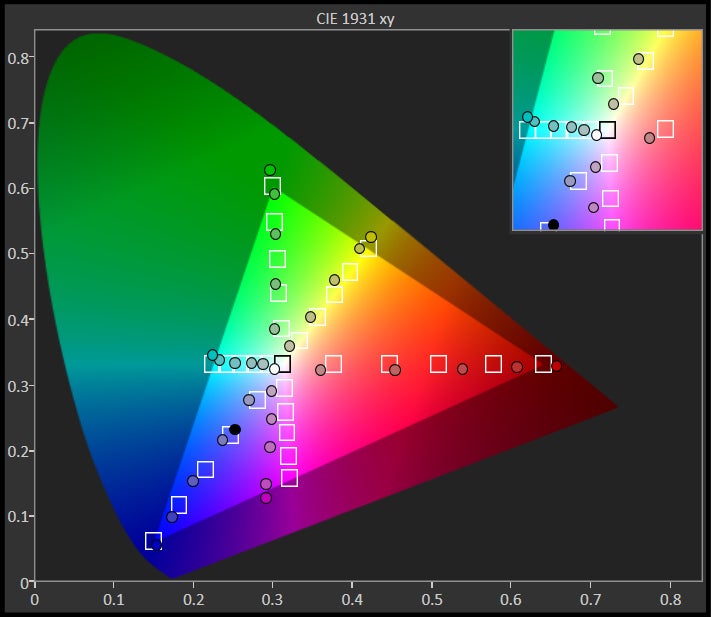










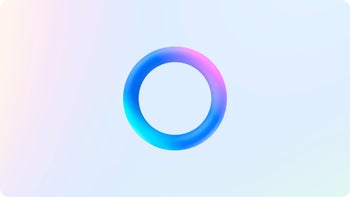
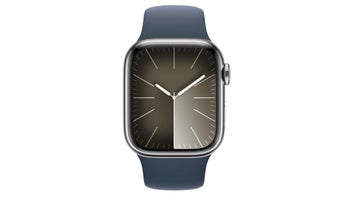

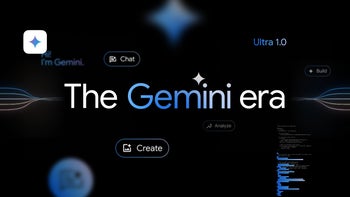
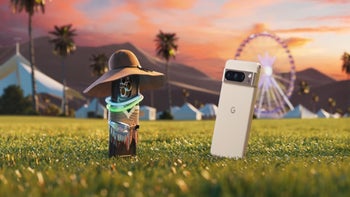
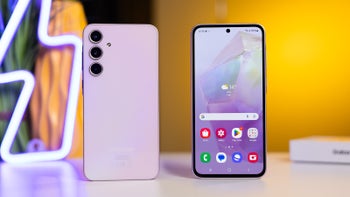






Things that are NOT allowed: